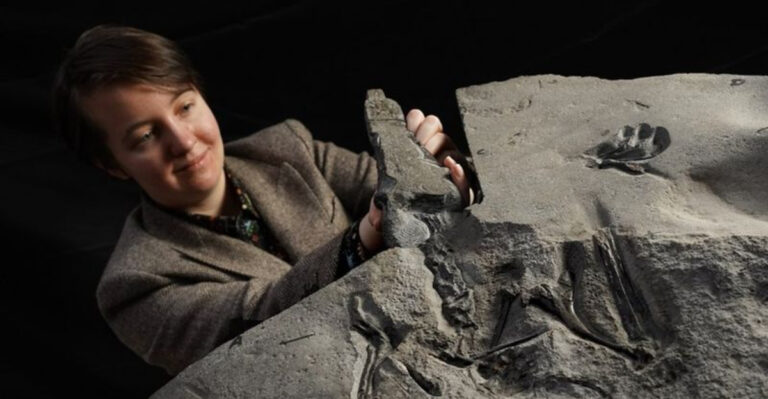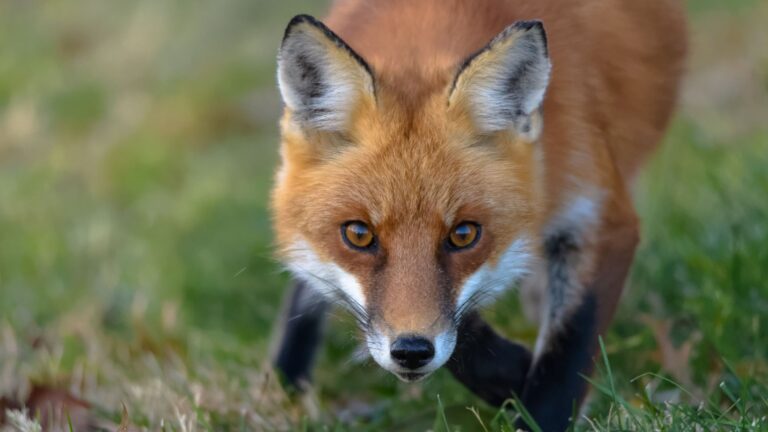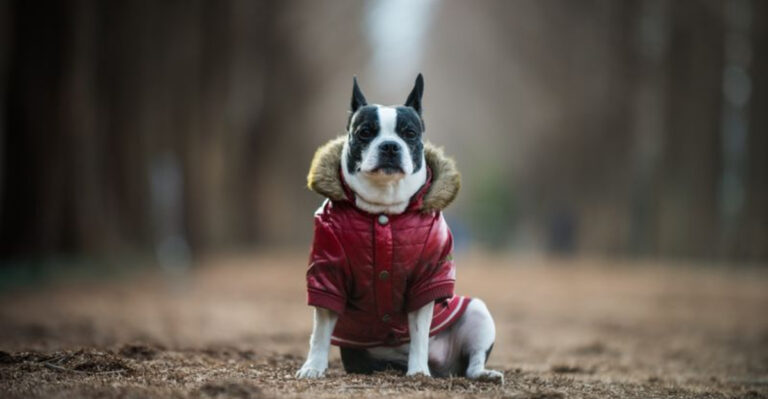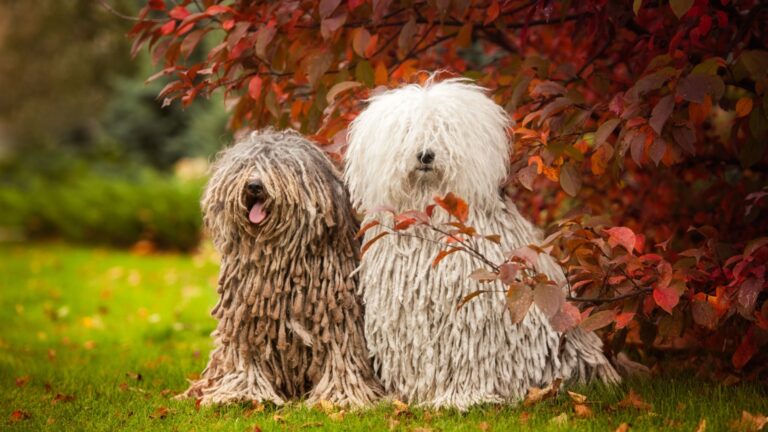The Smallest Dinosaur Ever: Just 11 Inches Long With A Feathered Tail
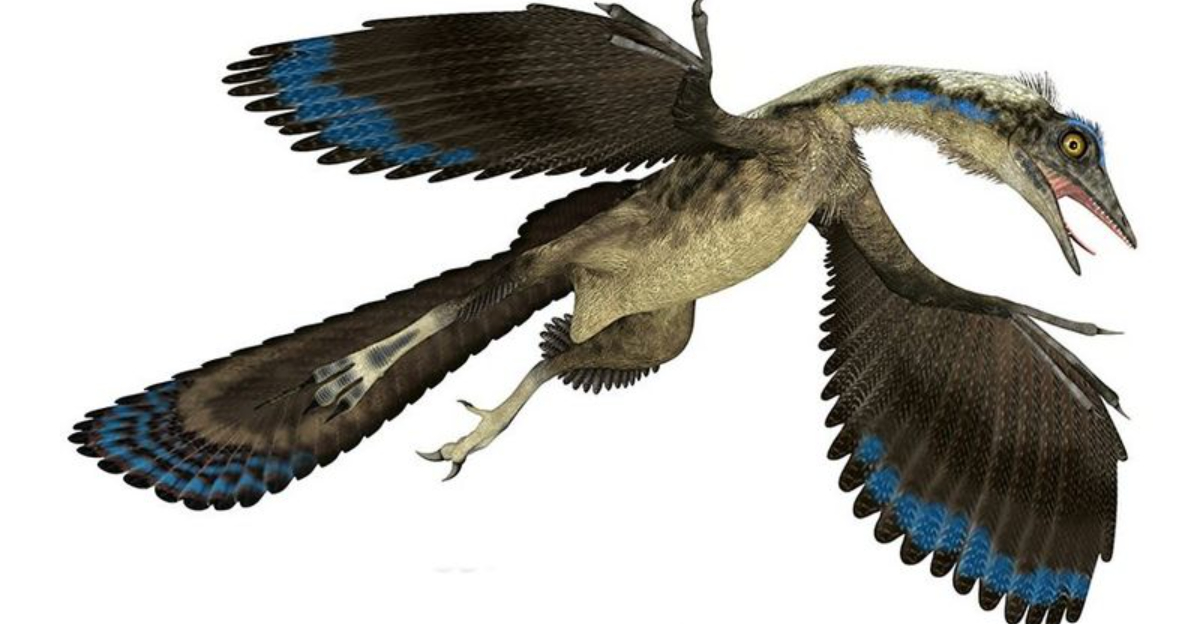
Imagine a dinosaur smaller than your pet cat! The remarkable Archaeopteryx, measuring just 11 inches in length, rewrote our understanding of prehistoric creatures.
This tiny feathered marvel from the Late Jurassic period represents a crucial evolutionary link between dinosaurs and modern birds, fascinating scientists since its first discovery in 1861.
The Smallest Dinosaur Ever Discovered
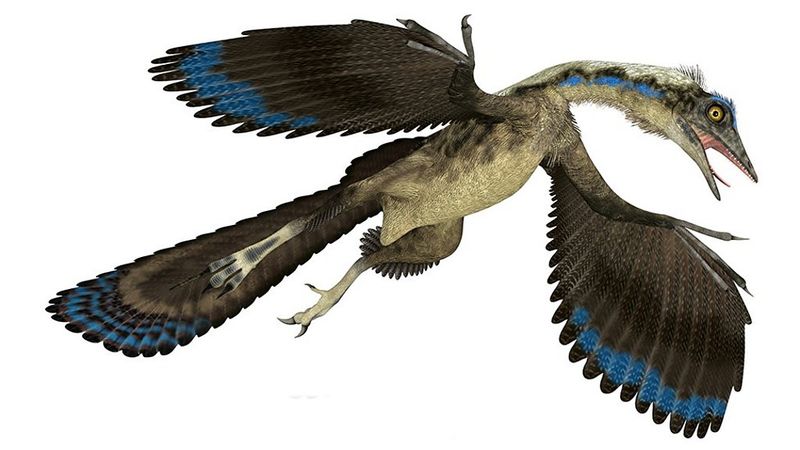
Picture a crow-sized creature roaming ancient forests 150 million years ago! Scientists were astonished when they uncovered fossils of this miniature dinosaur, completely changing our perception of these ancient creatures.
Most people imagine dinosaurs as massive beasts, but this tiny specimen proves diversity existed at all scales.
A Tiny Dino With Surprising Feathers

Contrary to popular belief, many dinosaurs sported feathers rather than just scaly skin. Archaeopteryx’s perfectly preserved feather impressions shocked the scientific community when first discovered.
These weren’t simple fuzz but complex, asymmetrical flight feathers similar to modern birds – all packed onto a body smaller than today’s pigeons!
11 Inches Of Prehistoric Wonder

Barely longer than a standard ruler, this pint-sized predator packed impressive features into its diminutive frame. Its wingspan reached about 20 inches, allowing for limited gliding abilities.
Despite its tiny stature, it possessed sharp teeth, clawed fingers, and a long bony tail – a perfect snapshot of evolution caught between reptile and bird.
Feathers That Changed Our View On Evolution
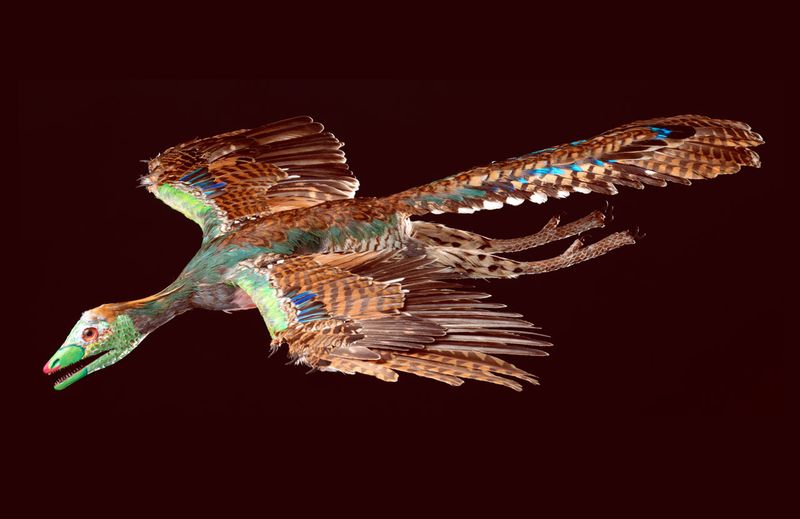
Before Archaeopteryx, feathers were considered exclusive to birds. The discovery of this pint-sized dinosaur with unmistakable feather impressions forced scientists to reconsider dinosaur appearance.
Modern research now suggests many dinosaur species, including some massive ones, sported feathers for insulation, display, or primitive flight attempts.
How This Dino Might Have Flown
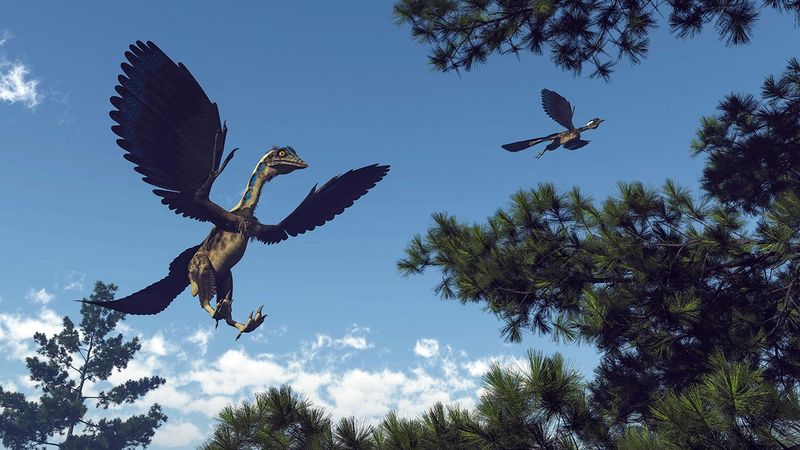
Could something so ancient actually take to the skies? The evidence is compelling! Analysis of Archaeopteryx’s wing structure suggests it likely glided between trees or made short powered flights.
Its asymmetrical feathers – thinner on one side than the other – created the perfect airfoil shape needed for generating lift.
The Evolutionary Link Between Birds And Dinosaurs
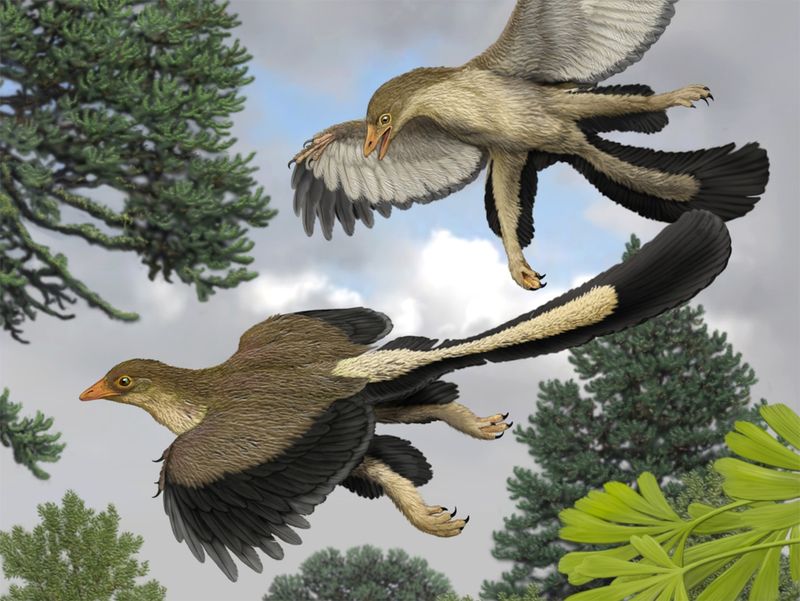
Ever wondered why chicken feet look so reptilian? Thank Archaeopteryx for helping explain that connection!
This tiny creature’s skeleton shows a perfect mix of dinosaur and bird traits. The wishbone, wing-like forelimbs, and feathers point toward birds, while teeth, clawed fingers, and a long bony tail reveal its dinosaur heritage.
Archaeopteryx: A Groundbreaking Find
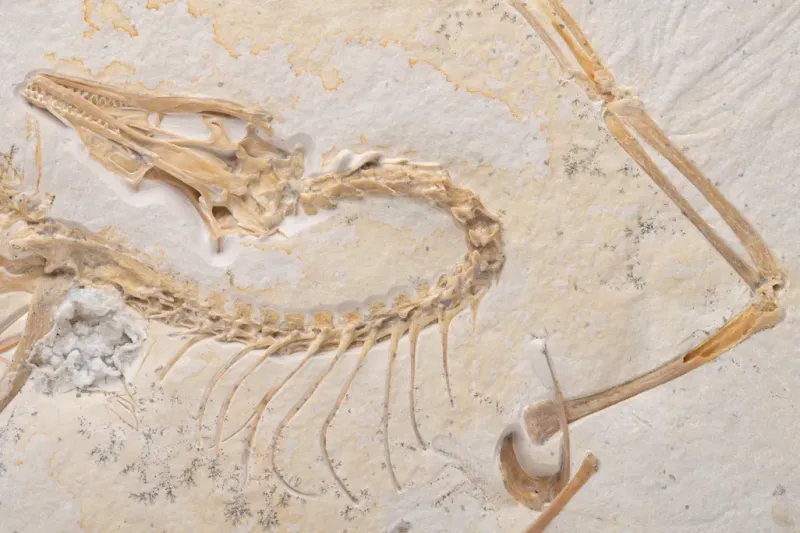
Talk about perfect timing! Archaeopteryx was discovered just two years after Darwin published “On the Origin of Species.”
Skeptics had demanded transitional fossils as proof of evolution, and suddenly there it was – a creature caught between major animal groups. The exquisite limestone preservation revealed even the tiniest details of feathers.
Feathers: More Than Just for Birds

Forget everything dinosaur books taught in the 1980s! Modern paleontology now recognizes that feathers first evolved for insulation and display, not flight. Archaeopteryx’s feathers show advanced flight-capable structures, but many other dinosaurs had simpler feather types.
Some T. rex relatives likely sported fuzzy down feathers as youngsters!
A Tiny Dinosaur That Stunned Paleontologists

Weighing less than a modern pigeon, this miniature marvel challenged everything scientists thought they knew. Archaeopteryx lived in a tropical archipelago during the Late Jurassic period.
Its size advantage allowed it to exploit ecological niches unavailable to larger dinosaurs, possibly hunting insects and small lizards among the treetops.
How Feathers Helped It Survive
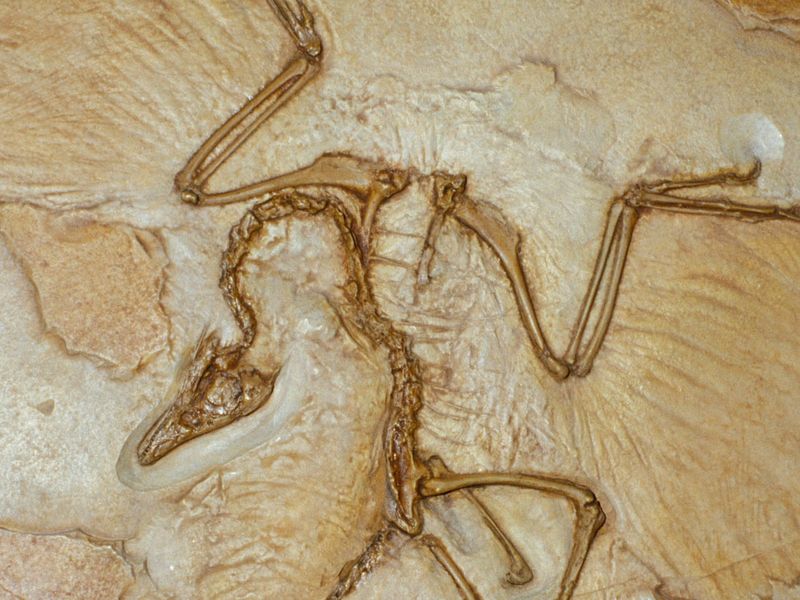
Beyond flight capabilities, feathers served multiple survival functions for this miniature predator. Warm-blooded metabolism requires insulation, which feathers provided perfectly. They also created drag during falls, functioning like a primitive parachute.
For attracting mates, colorful displays likely played a role, similar to modern birds.
Archaeopteryx’s Role In Evolution
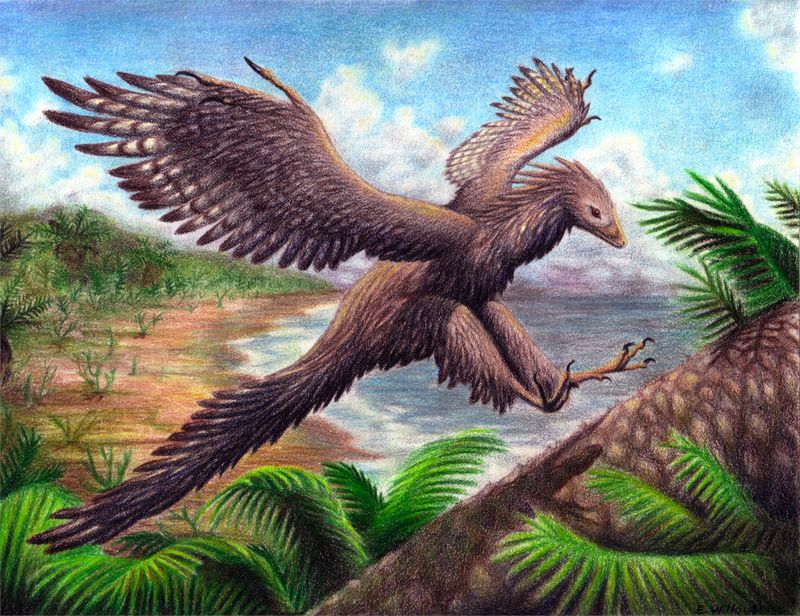
Far from being an evolutionary dead-end, this pint-sized dinosaur sits near the base of the bird family tree. While not a direct ancestor of modern birds, it represents a close cousin to their common ancestor.
Its existence proves that bird-like features evolved gradually over millions of years rather than appearing suddenly.


